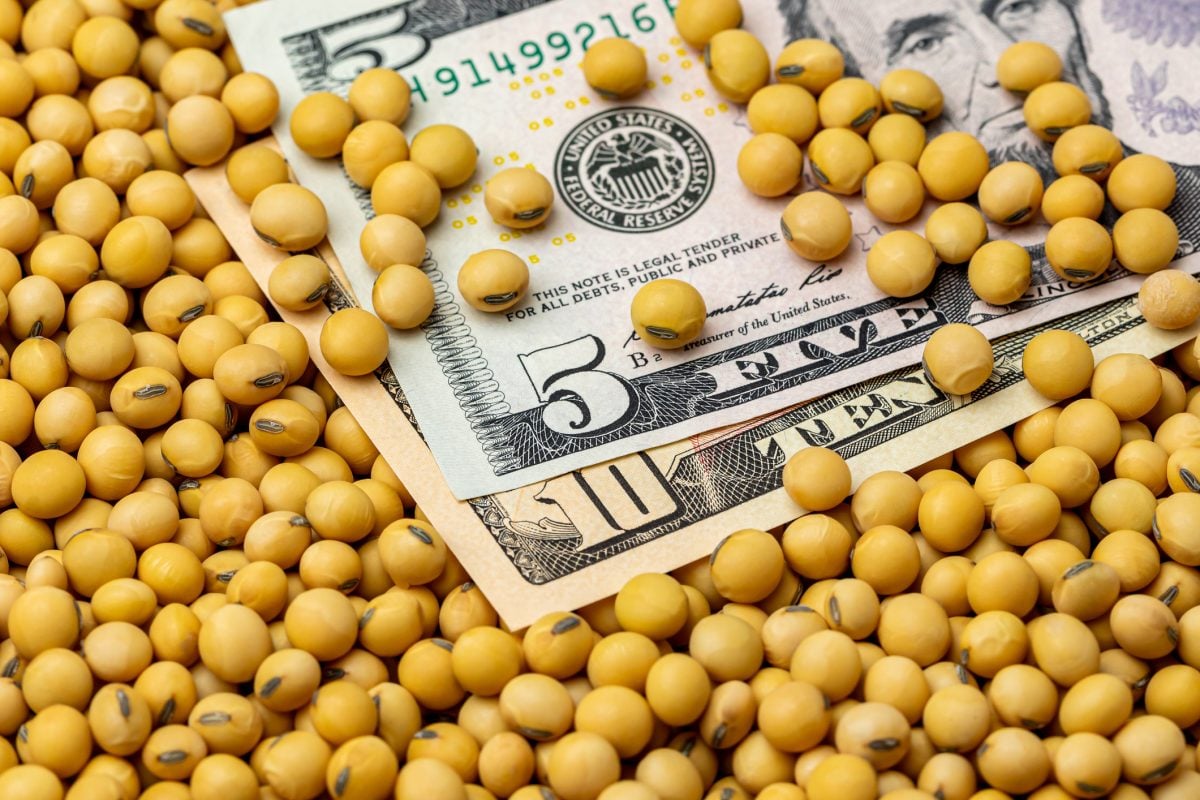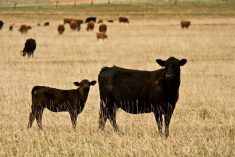Feeder cattle markets came alive last week as fed cattle prices took a fortuitous bounce. Alberta packers were buying fed cattle in the range of $276-$279 on a dressed basis, up approximately $4 from week-ago levels.
Improving beef demand enhanced wholesale beef prices, which quickly spilt over into the cattle complex. Compared to last week, western Canadian yearling prices were unchanged to $3 higher while calves (600-800 lbs.) jumped $3 to as much as $7. Feedlot operators were rather transparent bidding more aggressively on all weight categories. Adverse weather conditions became a minute obstacle for shipping cattle this past week. Strength in deferred live cattle futures justified greater risk exposure and the margin structure for the summer time frame is looking significantly better than a month ago.
Read Also

U.S. grains: Soybean futures hover near 15-month high after China buys U.S. cargoes
Chicago Board of Trade soybean futures hovered near a 15-month high on Wednesday after trade sources said China made its first purchases from the autumn U.S. harvest ahead of a summit between leaders Donald Trump and Xi Jinping.
On the flipside, many backgrounding operations and cow-calf producers were testing the waters and discouraged with the bids that surfaced. Calves bought last fall are in red ink by $80-$100 per head so there is no incentive to move yearlings in the short term.
In east-central Alberta, mixed steers with no special feature averaging 877 lbs. were trading for $181, while 825-pounders were quoted at $185. In southwestern Saskatchewan, larger-frame medium-flesh black steers crossing the scale just over 900 lbs. traded for $175. Charolais-based larger-frame heifers with heavier butter averaging 900 lbs. were quoted at $162 in the same region. The medium weight classes were notably stronger; black- and white-faced steers weighing around 810 lbs. traded for $189.
Grassers and lighter calves are becoming more precious as time move forward. In central Alberta, tan steers averaging 545 lbs. traded for $248 while red mediocre-looking steers weighing 435 lbs. brought down the gavel at $262. Using an average basis on the September feeder futures, 850-lb. steers are being contracted in the range of $180-$185 for early fall delivery. The anticipation of a heated yearling market this fall has instigated a flurry of activity from all angles.
Cattle producers need to watch this feed grains complex. Barley prices have jumped about $10 a tonne over the past two weeks and could rally an additional $20/tonne quite easily. This will probably pour some cold water on the feeder market later in spring.
— Jerry Klassen manages the Canadian office of Swiss-based grain trader GAP SA Grains and Produits Ltd. and is president and founder of Resilient Capital, specializing in proprietary commodity futures trading and market analysis. Jerry consults with feedlots on risk management and writes a weekly cattle market commentary. He can be reached at 204-504-8339.













